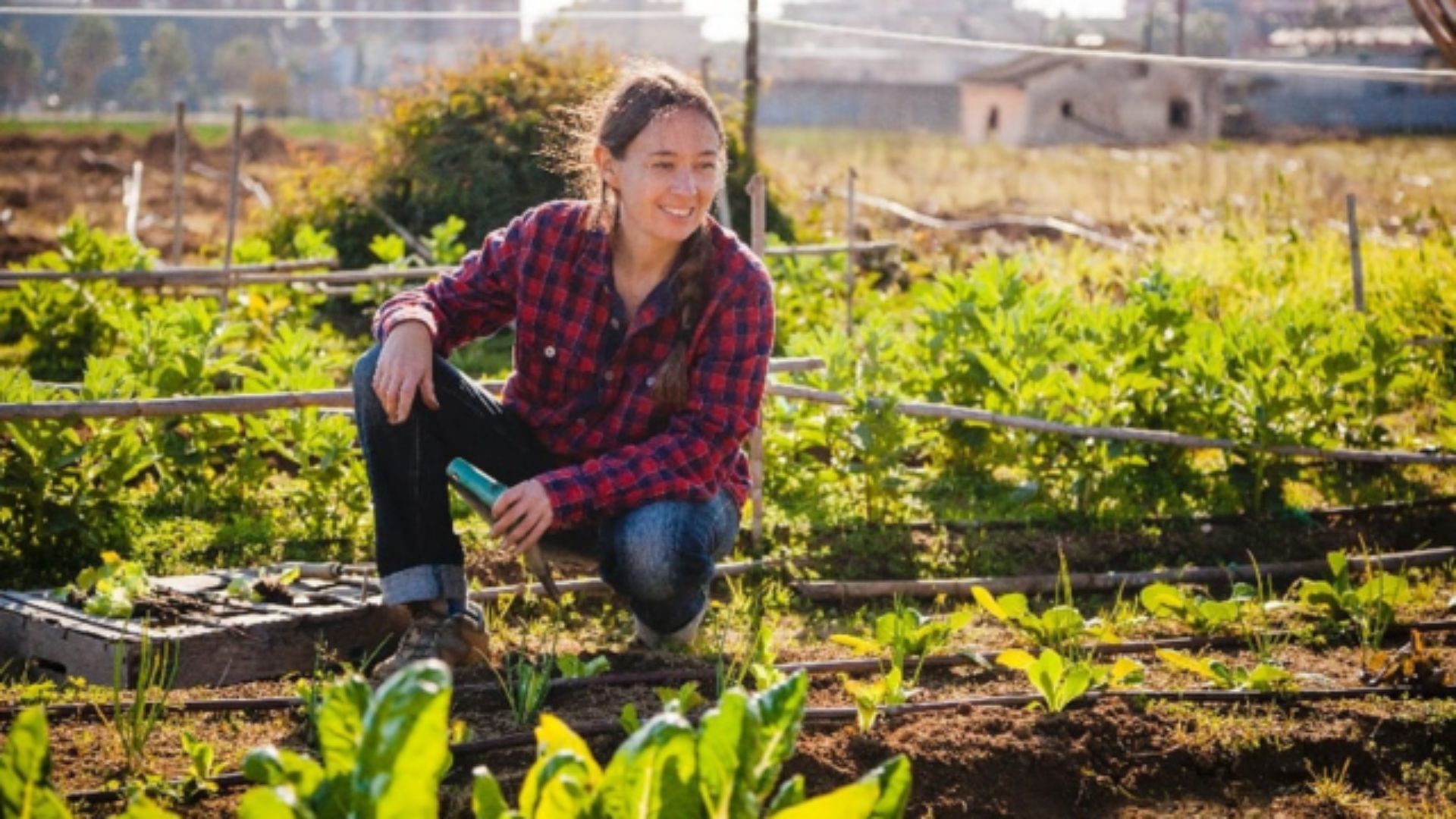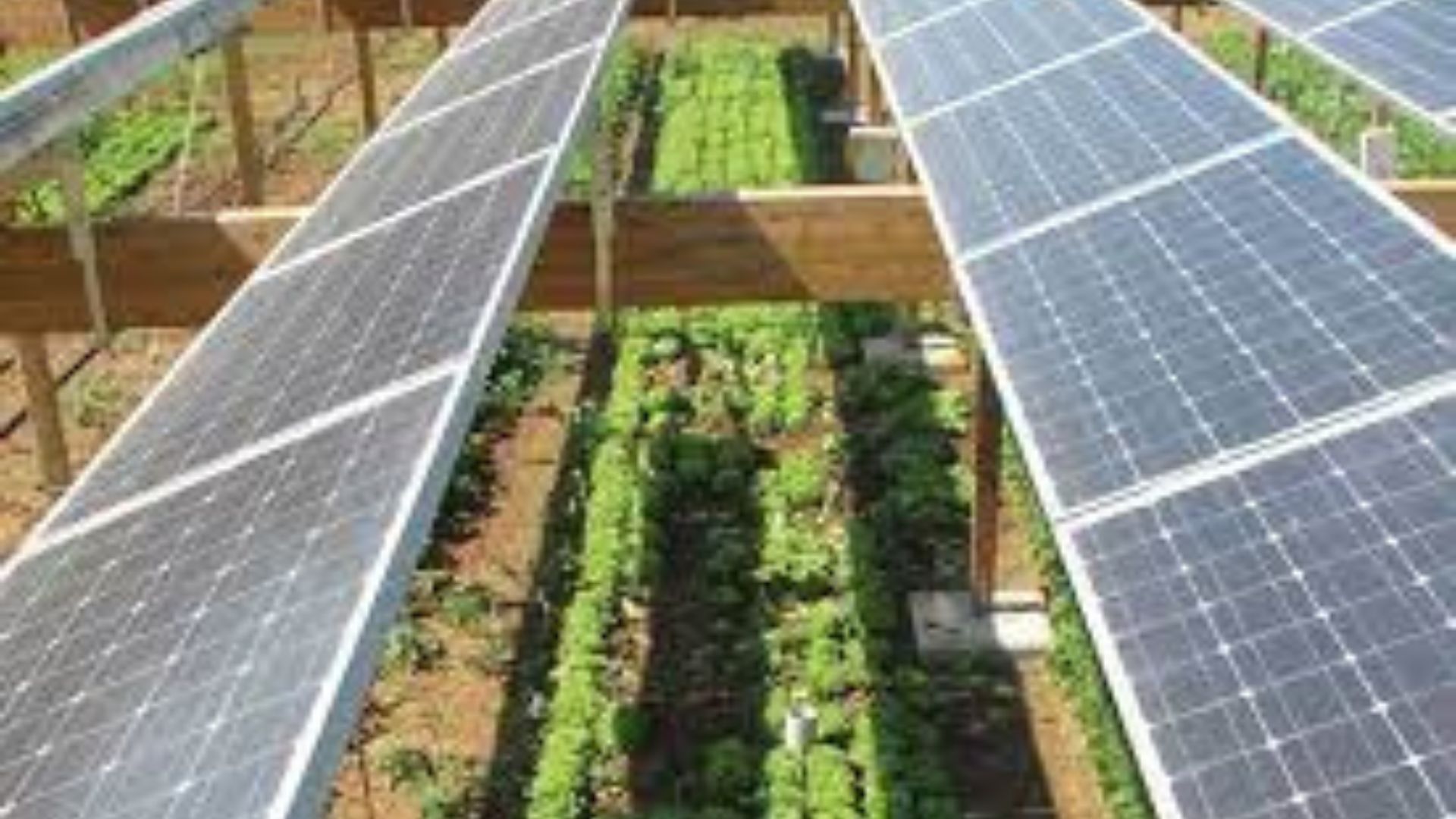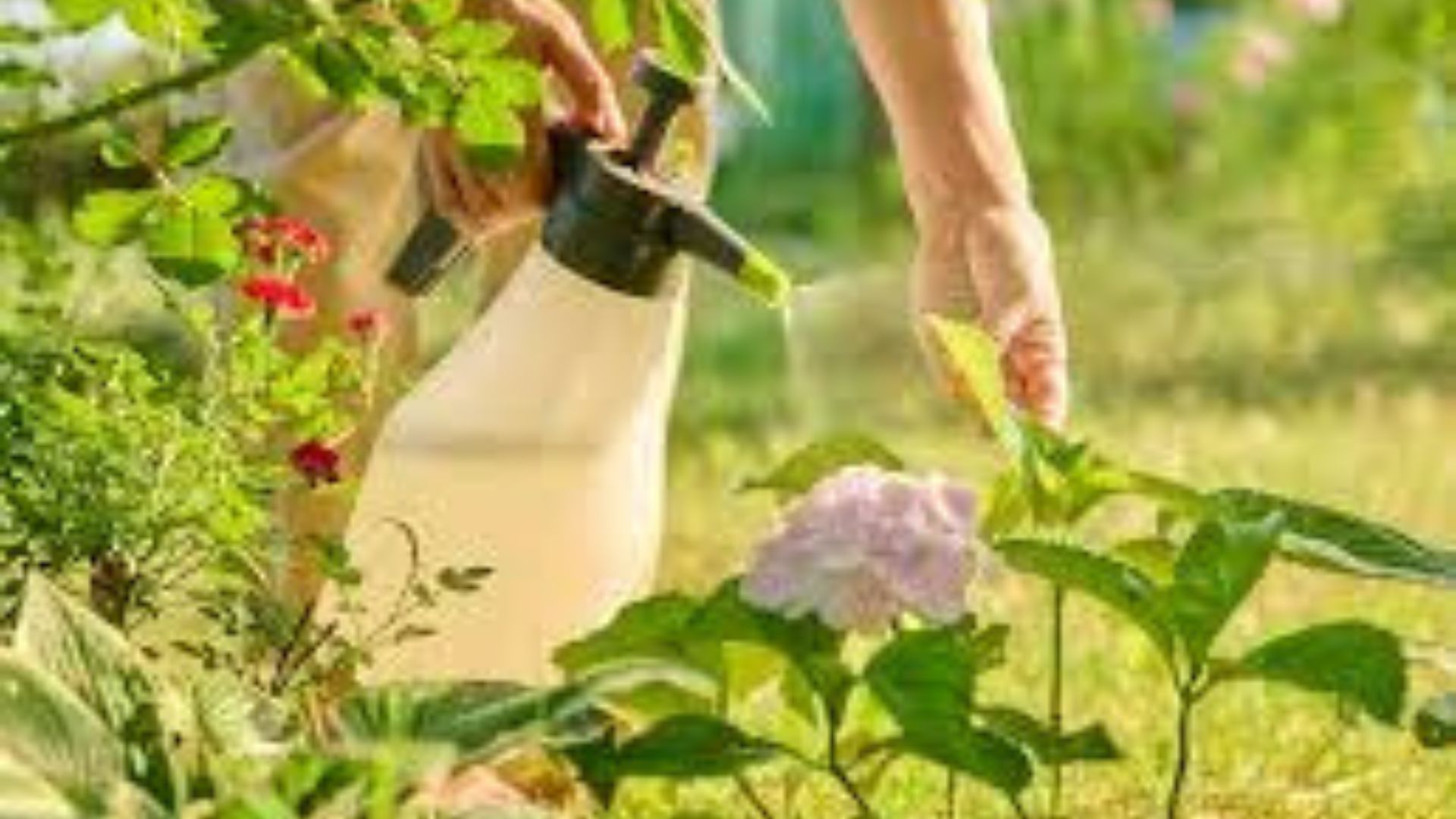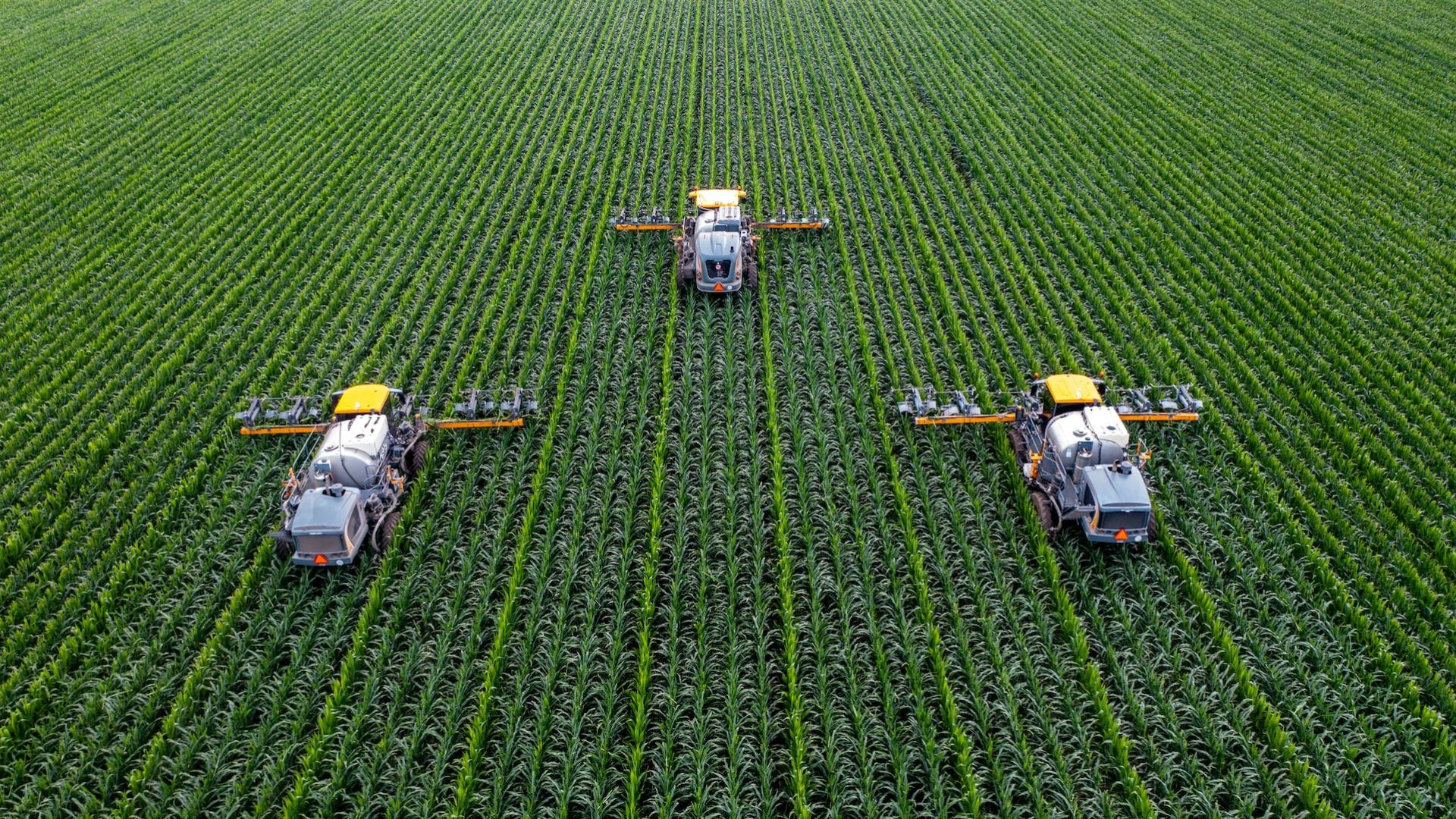When people talk about eco-friendly agriculture, they often use the terms “organic farming” and “green farming” as if they mean the same thing. While they do share some goals—like reducing harm to the environment and producing healthy food—they are not exactly the same. This article will help you understand the key differences, similarities, and how to choose the right approach for your farm or garden.
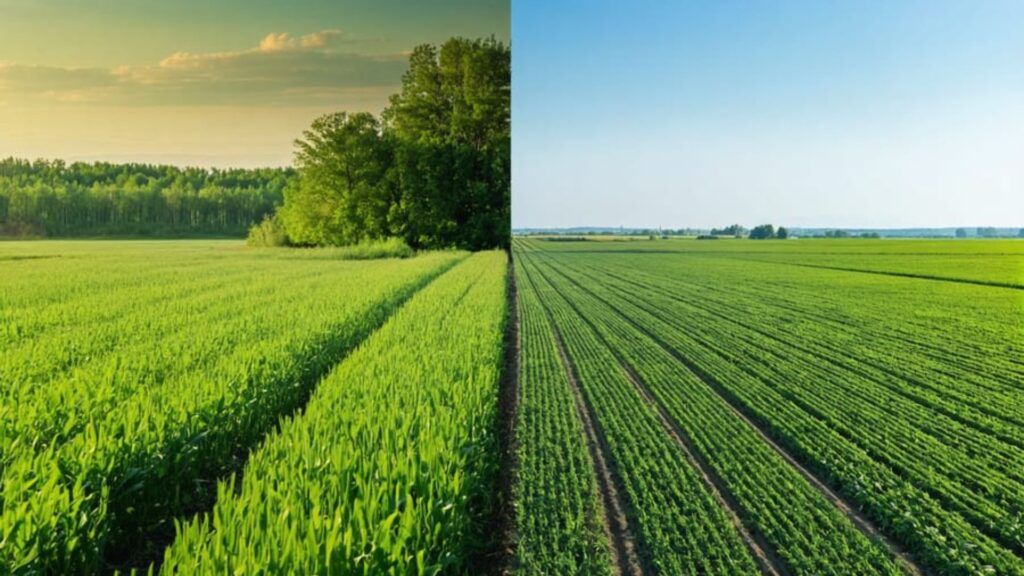
What Is Organic Farming?
Organic farming is a method of growing crops and raising animals without using synthetic chemicals. It follows strict standards and often requires official certification.
Key Features of Organic Farming:
-
No synthetic fertilizers or pesticides
-
No genetically modified organisms (GMOs)
-
Focus on natural soil fertility
-
Use of crop rotation and compost
-
Animals are raised with organic feed and no antibiotics (unless absolutely needed)
Example:
An organic farm might grow vegetables using composted manure, mulch, and natural pest control methods. The farm must also be inspected and certified by a recognized organic certification body (like USDA Organic or EU Organic).
What Is Green Farming?
Green farming is a broader term. It refers to any type of farming that protects the environment, conserves natural resources, and reduces pollution. It doesn’t always require certification and can use a mix of natural and modern methods.
Key Features of Green Farming:
-
Focus on sustainability and low environmental impact
-
May use organic methods, but also includes:
-
Renewable energy use (solar, wind)
-
Water-saving techniques (drip irrigation)
-
Reduced carbon emissions
-
-
Often includes recycling, composting, and biodiversity practices
Example:
A green farm might use solar panels for power, collect rainwater for irrigation, and grow both organic and non-organic crops using eco-friendly practices.
Organic vs. Green Farming: Side-by-Side Comparison
| Feature | Organic Farming | Green Farming |
|---|---|---|
| Uses Chemicals | No synthetic chemicals allowed | May allow some low-impact modern tools |
| Certification | Usually required | Not required |
| Main Goal | Health and purity of food | Environmental protection and sustainability |
| GMOs | Not allowed | May be allowed depending on the practice |
| Methods Used | Natural only | Mix of traditional and modern sustainable techniques |
| Focus Area | Soil and crop purity | Entire farming ecosystem |
Where They Overlap
Both organic and green farming:
-
Avoid harmful chemicals
-
Promote healthy soil
-
Use compost and natural fertilizers
-
Respect animal welfare
-
Support long-term sustainability
In many cases, organic farming is a type of green farming, but not all green farming is organic.
Which One Should You Choose?
Choose Organic Farming if:
-
You want to sell certified organic produce
-
You’re committed to chemical-free farming
-
You want to appeal to health-conscious consumers
Choose Green Farming if:
-
You want to farm sustainably without strict certification
-
You want to combine traditional methods with modern tools
-
You’re more focused on the environmental impact as a whole
You can also combine both to create a well-rounded, eco-friendly farm.
Conclusion
Organic and green farming both aim to make agriculture better for people and the planet. The key difference lies in their methods and level of strictness.
-
Organic farming is rule-based, often certified, and strictly avoids chemicals and GMOs.
-
Green farming is more flexible, focusing on sustainability and resource conservation.
Both are valuable. The best choice depends on your goals, budget, and how you want to grow your food. No matter which path you take, working with nature—rather than against it—is always a win.






